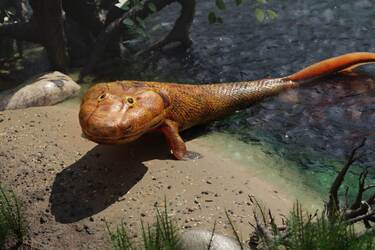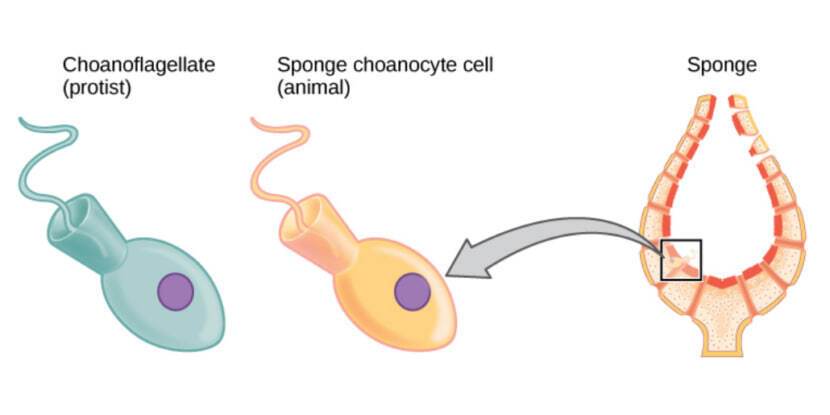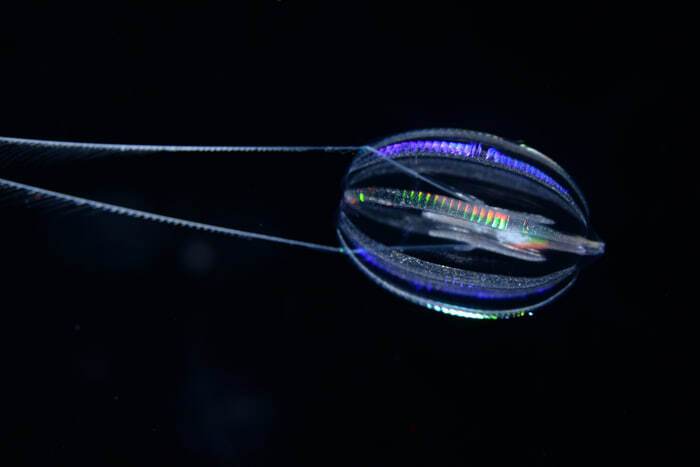The answer to a centuries-old mystery has been found: Scientists finally find out what the first animals looked like

Researchers have recently found an answer to the long-standing mystery of the first multicellular animal on Earth, discovering that comb jellyfish (ctenophores) surpass sponges as the oldest living organisms, even though they look like distant relatives of true jellyfish. This new discovery shows that evolution does not always lead to greater complexity. The study was published in Nature.
Read also: A ball of frozen fur found in Canada turned out to be a mummified animal 30 thousand years old
Sponges (Porifera) were considered to be candidates for the role of the "first" organisms due to their simplicity of structure, including the absence of a nervous system. However, genetic studies have shown that comb jellyfish are more likely to be the first organisms, despite the fact that they have a more complex nervous system.

By comparing the genetic sequences in the genomes of different organisms, the researchers found high similarity between sponges and more modern animals, indicating a similar evolutionary path. However, differences were found in comb jellyfish, indicating that they split off before further evolutionary events.

These discoveries confirm that scallops branched first, and then sponges appeared, passing on their new chromosomal structure to their descendants. The new research methods developed by the team will help to explore other evolutionary mysteries within the depths of time.
Earlier, we wrote about how scientists managed to create a bioprinter that can print artificial skin on the cheap.
If you want to get the latest news about the war and events in Ukraine, subscribe to our Telegram channel!
